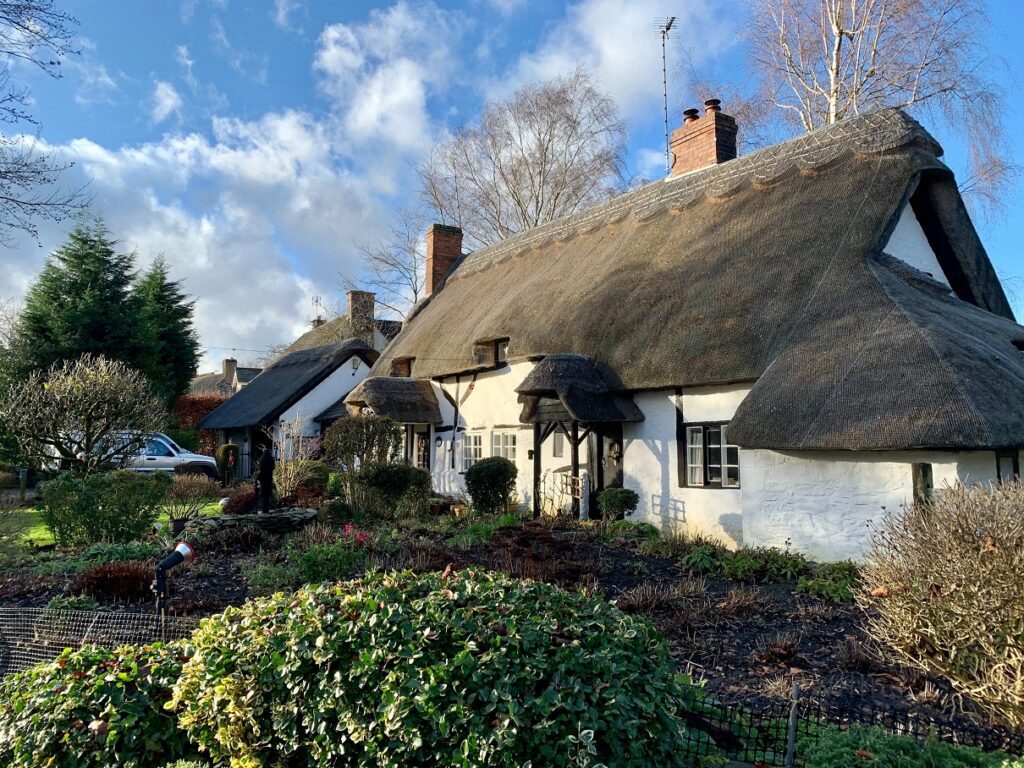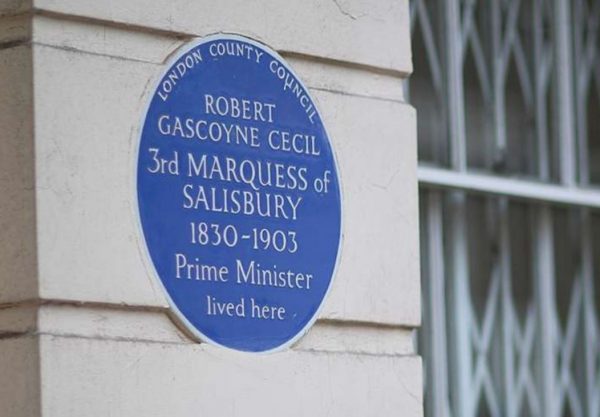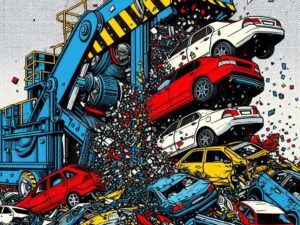Does my home’s non-standard status affect its resale value?

Many people wonder if the non-standard status of their home will affect its value or potential in the housing market.
The simple answer is that it depends on why it has been deemed non-standard.
If it’s non-standard because it has been flooded or is in a high risk flood area it will most certainly affect its worth.
Similarly if it has suffered subsidence or is in an area vulnerable to the ground underneath your home sinking, it will be deemed non-standard and values will inevitably suffer. That’s the case with most homes that have previously suffered some sort of damage as a result of the weather or other natural phenomenon.
Some building materials may also mean your home falls under this category. A standard property is generally made of brick, slate, stone or tile. A non-standard building on the other hand is constructed of things like cob, which is sandy-subsoil, clay and straw, or limestone rock. These properties may also have wattle and daub infills or be constructed with steel or timber frames. Though extremely common, prefabricated concrete houses are also non-standard.
Good reasons for your home to be deemed non-standard
It’s not all bad news for non-standard property owners. If your home is deemed as one because it has been constructed in an unusual manner, perhaps it has a thatched roof, or has a local authority listing, that may well boost your property’s valuation and increase interest on the housing market.
And if it’s got a English Heritage blue plaque it may also be deemed non-standard and, depending who or what the plaque commemorates, that could boost the resale value of your home too.
Adrian Flux has an exhaustive selection of insurance policies for a wide variety of non-standard risks. These include B&B properties, buy-to-let homes, high value residences, unoccupied homes, park and holiday homes and homes with flat roofs. Flood risk or flood affected properties and those with subsidence, or in an area at risk of it, can also be covered.
There are more non-standard homes in Britain than most people would imagine. There are more than one-and-a-half-million concrete prefabs and it is estimated there are around 60,000 thatched properties and the same number of timber framed properties in the UK. Read our blog to discover a history of house building through the ages, from thatch to 3D homes.

A great insurance quote, whatever your property status
For a great home insurance quote – whether your property is standard or non-standard – call the experts at Adrian Flux on 0800 369 8590 or book a callback at a time that suits you. Our best deals are always available over the phone. 81.5% of customers in August 2022 were able to get a cheaper quote over the phone, based on information they provided.
In the meantime, read our expert guidance on how to save money on your home insurance.






